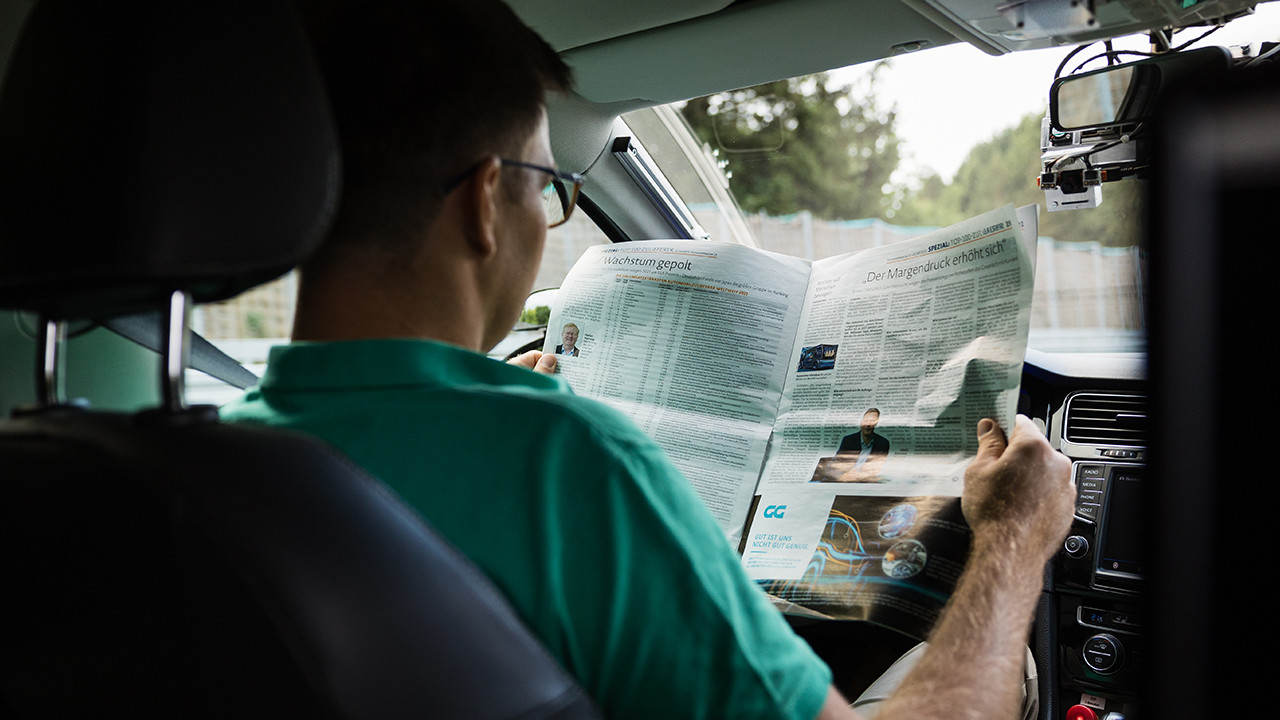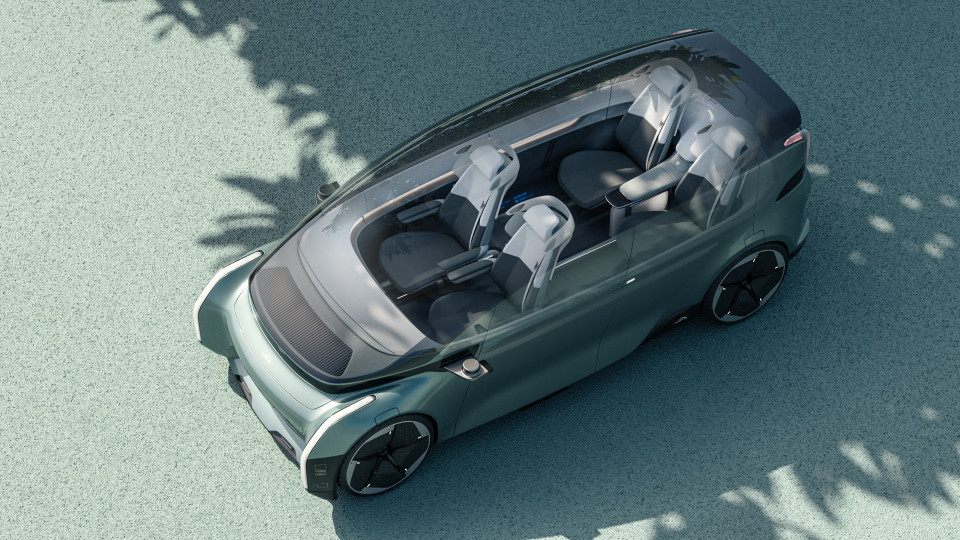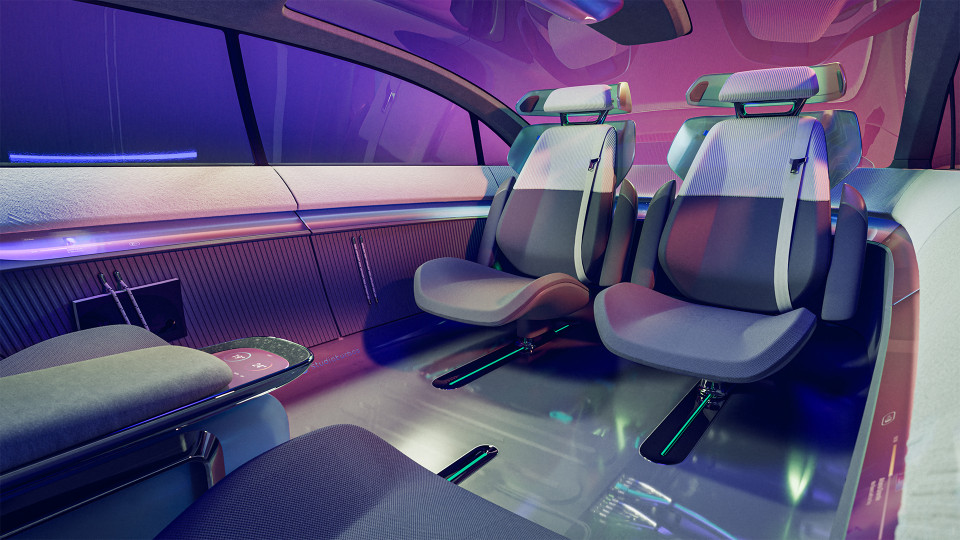Stuttgart, Germany – Watching movies, playing games, working, or snoozing: the people who will be using automated vehicles in the future have clear ideas about how they want to pass the time it takes to reach their destination. Their wishes call for a complete redesign of the vehicle interior, with comfortable driving characteristics to match, and this presents manufacturers and suppliers with new challenges. These are the findings of a research project led by Bosch in Germany. The research looked into what people expect from automated vehicles – in terms of both interiors and driving behavior. “This newly acquired basic knowledge will shape the planning of new generations of vehicles. In the future, this could lead to the creation of a completely new living and working space for users,” says Michel Schulz, who managed the project at Bosch. For example, automated cars and commercial vehicles could be converted into offices, cinemas, or even bedrooms. Many service providers see vehicles as an as-yet untapped and therefore significant market segment.
Behind the wheel – as a passenger
Over a period of three and a half years, a team of experts drawn from automakers, automotive suppliers, and scientific institutions investigated what users expect from future vehicles that will be able to cover longer distances automatically. Through interviews, observations, and studies, the researchers found out how professional and private drivers of cars and commercial vehicles would use their time if they didn’t have to actively sit behind the wheel and could instead take on the role of a passenger. “The automation of driving creates new possibilities for using the interior,” Schulz says. For example, rather than having a conventional steering wheel, vehicles might offer users alternative control elements that are tailored to user requirements during manual and automated driving. “Steer-by-wire technology would open up unprecedented new possibilities for interior design, with scope for many innovative functions and features,” he adds. Driverless automated commercial vehicles are also expected to bring about major changes in the logistics sector. “The design of the future driver’s cab is heavily dependent on the usage scenario: it can be optimized both for short manual journeys within logistics centers and for transporting people between logistics centers,” Schulz says, summarizing another research result.
Relaxing and sleeping during the journey
The experts faced a number of challenging requests from users. For example, they spent a lot of time investigating how quickly a person can take back control of a vehicle after sleeping, and what factors have an impact on this. They also learned that if drivers have previously adopted a more relaxed sitting position, then another decisive factor for how long it takes to return the vehicle to manual control is the driver’s distance from the display and control elements. Studies showed that for a large number of participants, a period of 60 seconds following a sleep phase was long enough. But the studies also identified deficits in driving performance and a deterioration in subjective well-being after taking back control. The researchers came to the conclusion that the vehicle must rouse the user well in advance to ensure they have sufficient time to wake up, find their bearings, and react. This also requires the technology to be able to recognize the occupants’ condition and assess whether they are sleeping or awake and ready to take the wheel.
As gentle as a chauffeur
Furthermore, the project investigated the handling characteristics that automated vehicles will have to deliver. “This is an important part of ensuring that drivers and passengers can feel comfortable and safe in future vehicle interiors,” Schulz says. A vehicle that moves off abruptly or brakes hurriedly could make occupants feel nauseous and reduce acceptance of automated driving functions. With this in mind, the experts closely observed how gently and carefully professional drivers drive their vehicles, and then transferred their findings to the automated vehicles. They also examined which additional measures are effective in preventing travel sickness.
Space to try something new
Over the course of the project, the researchers also analyzed which color schemes, which materials and designs, which lighting schemes, and which control elements would be suitable for use in future interior designs, taking into account the situation during a given journey. One thing the researchers clearly recognized, however, was that users’ wishes will continue to be bounded by security and technical requirements in the future. For accident safety reasons and due to the limited space available, features such as seats that can be turned while driving will continue to pose a challenge, even in large vehicles. Overall, though, the experts concluded that the vehicles of the future will open up unprecedented opportunities – not only for automakers and automotive suppliers, but also for service providers, who have had little involvement in vehicles to date. “Our project has opened the door to the development of a wide range of innovations. We’re convinced that the insights we’ve gained will help shape the way people experience individual mobility in the future” – added Schultz.
You can find more information about the project here.
Mónika Hack
+36 70 510 5516
The Bosch Group is a leading global supplier of technology and services. It employs roughly 429,000 associates worldwide (as of December 31, 2023). The company generated sales of 91.6 billion euros in 2023. Its operations are divided into four business sectors: Mobility, Industrial Technology, Consumer Goods, and Energy and Building Technology. With its business activities, the company aims to use technology to help shape universal trends such as automation, electrification, digitalization, connectivity, and an orientation to sustainability. In this context, Bosch’s broad diversification across regions and industries strengthens its innovativeness and robustness. Bosch uses its proven expertise in sensor technology, software, and services to offer customers cross-domain solutions from a single source. It also applies its expertise in connectivity and artificial intelligence in order to develop and manufacture user-friendly, sustainable products. With technology that is “Invented for life,” Bosch wants to help improve quality of life and conserve natural resources. The Bosch Group comprises Robert Bosch GmbH and its roughly 470 subsidiary and regional companies in over 60 countries. Including sales and service partners, Bosch’s global manufacturing, engineering, and sales network covers nearly every country in the world. Bosch’s innovative strength is key to the company’s further development. At 136 locations across the globe, Bosch employs some 90,000 associates in research and development, of which nearly 48,000 are software engineers.
The company was set up in Stuttgart in 1886 by Robert Bosch (1861–1942) as “Workshop for Precision Mechanics and Electrical Engineering.” The special ownership structure of Robert Bosch GmbH guarantees the entrepreneurial freedom of the Bosch Group, making it possible for the company to plan over the long term and to undertake significant upfront investments in the safeguarding of its future. Ninety-four percent of the share capital of Robert Bosch GmbH is held by Robert Bosch Stiftung GmbH, a charitable foundation. The remaining shares are held by Robert Bosch GmbH and by a corporation owned by the Bosch family. The majority of voting rights are held by Robert Bosch Industrietreuhand KG. It is entrusted with the task of safeguarding the company’s long-term existence and in particular its financial independence – in line with the mission handed down in the will of the company’s founder, Robert Bosch.
Additional information is available online at www.bosch.hu, iot.boschblog.hu, www.bosch.com, www.iot.bosch.com, www.bosch-press.com, www.twitter.com/BoschPresse







